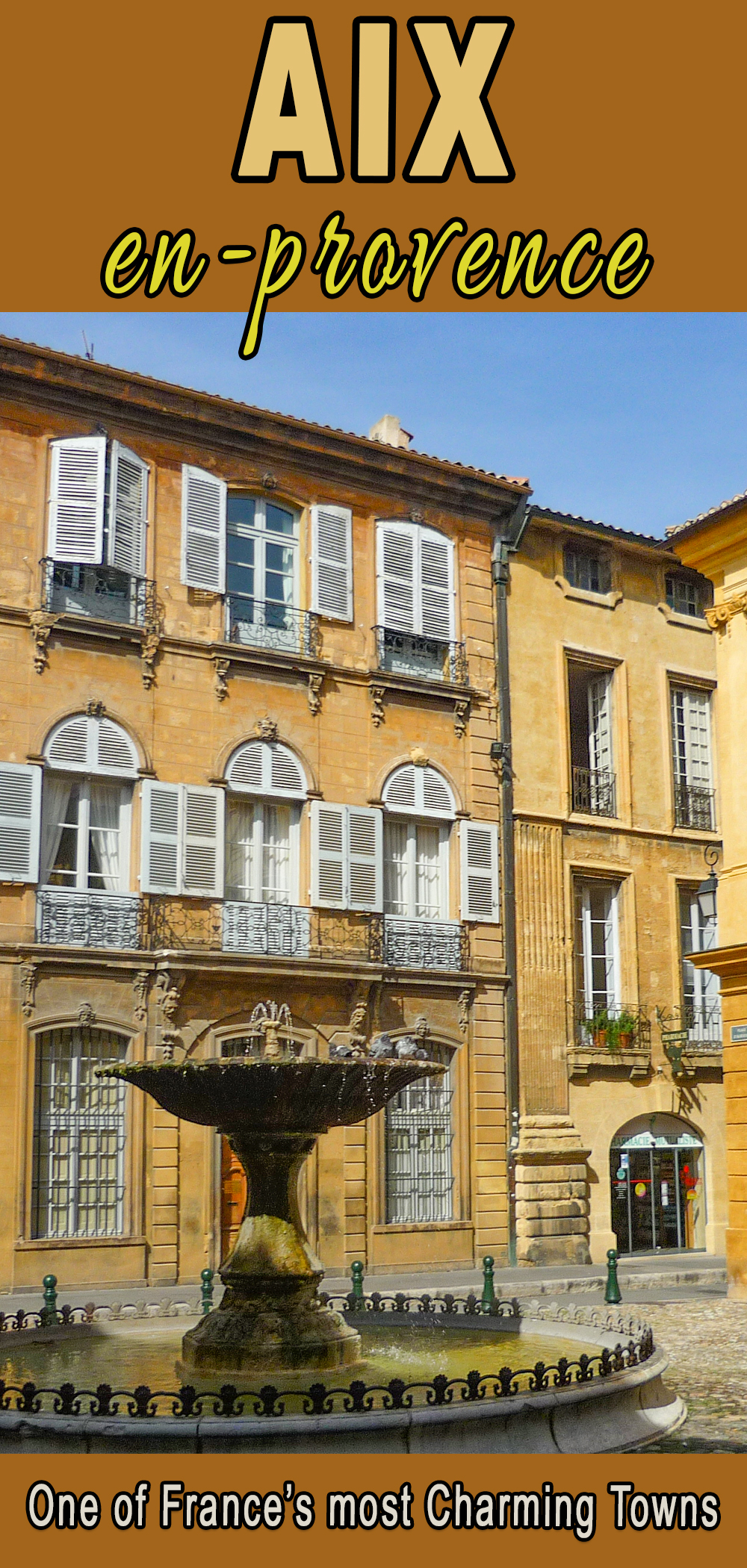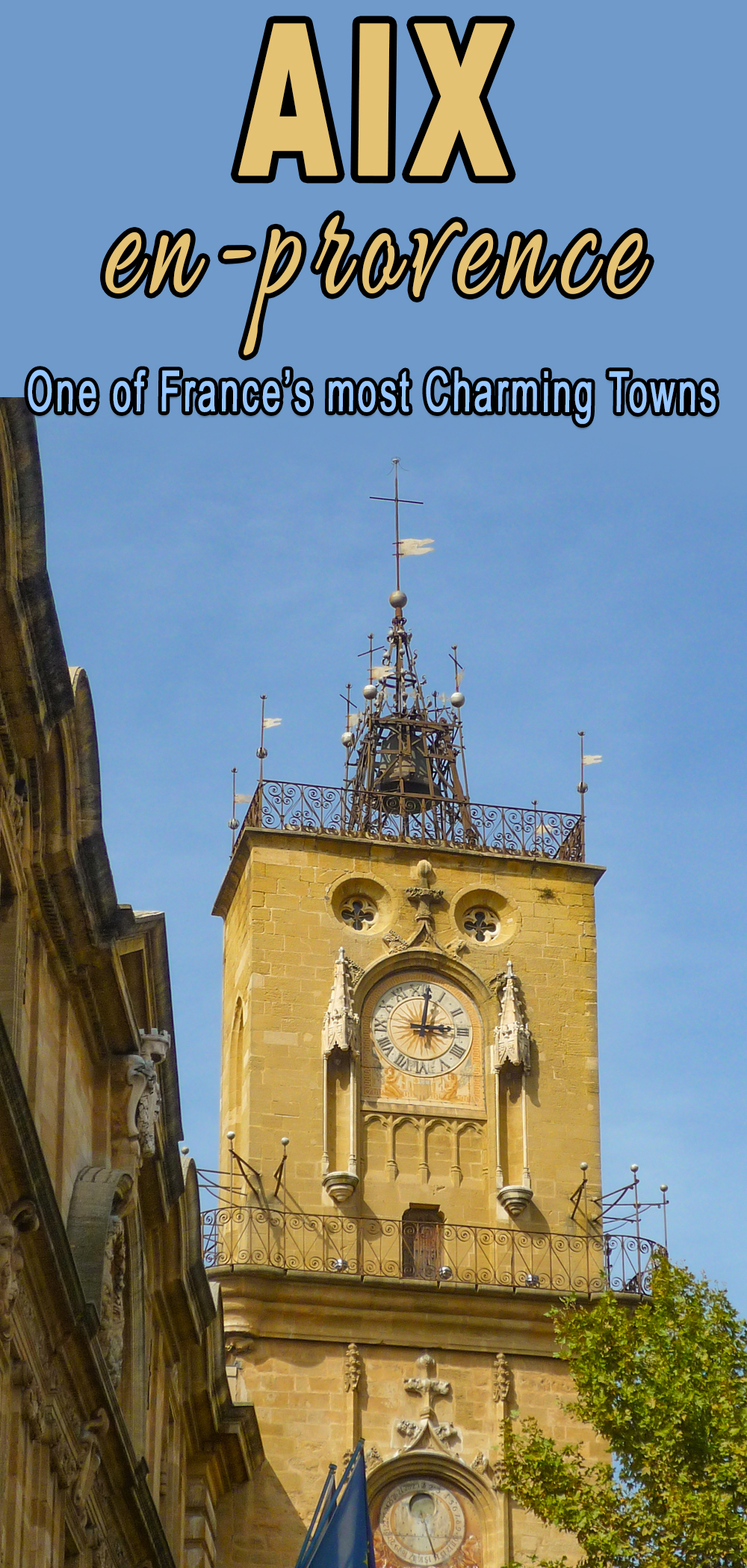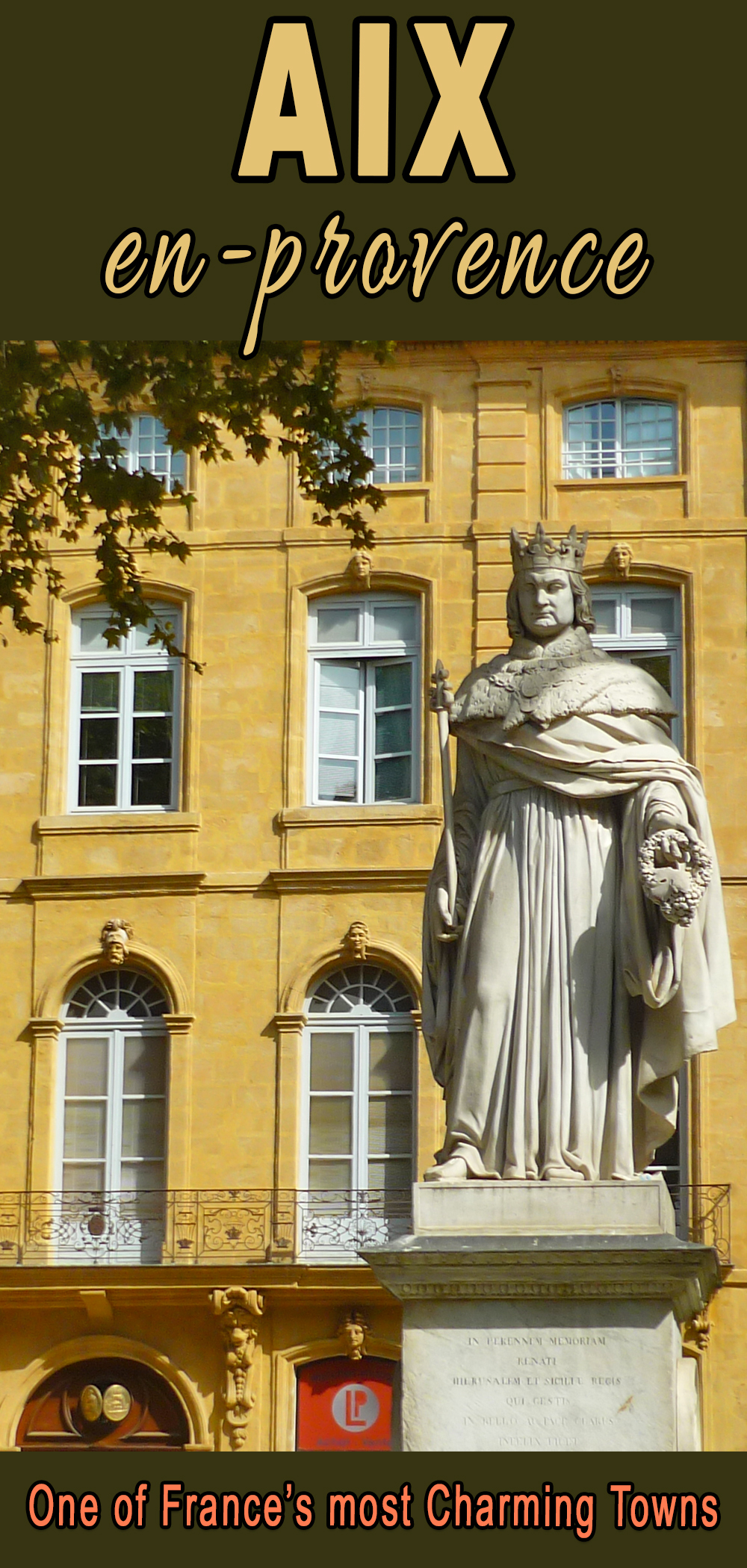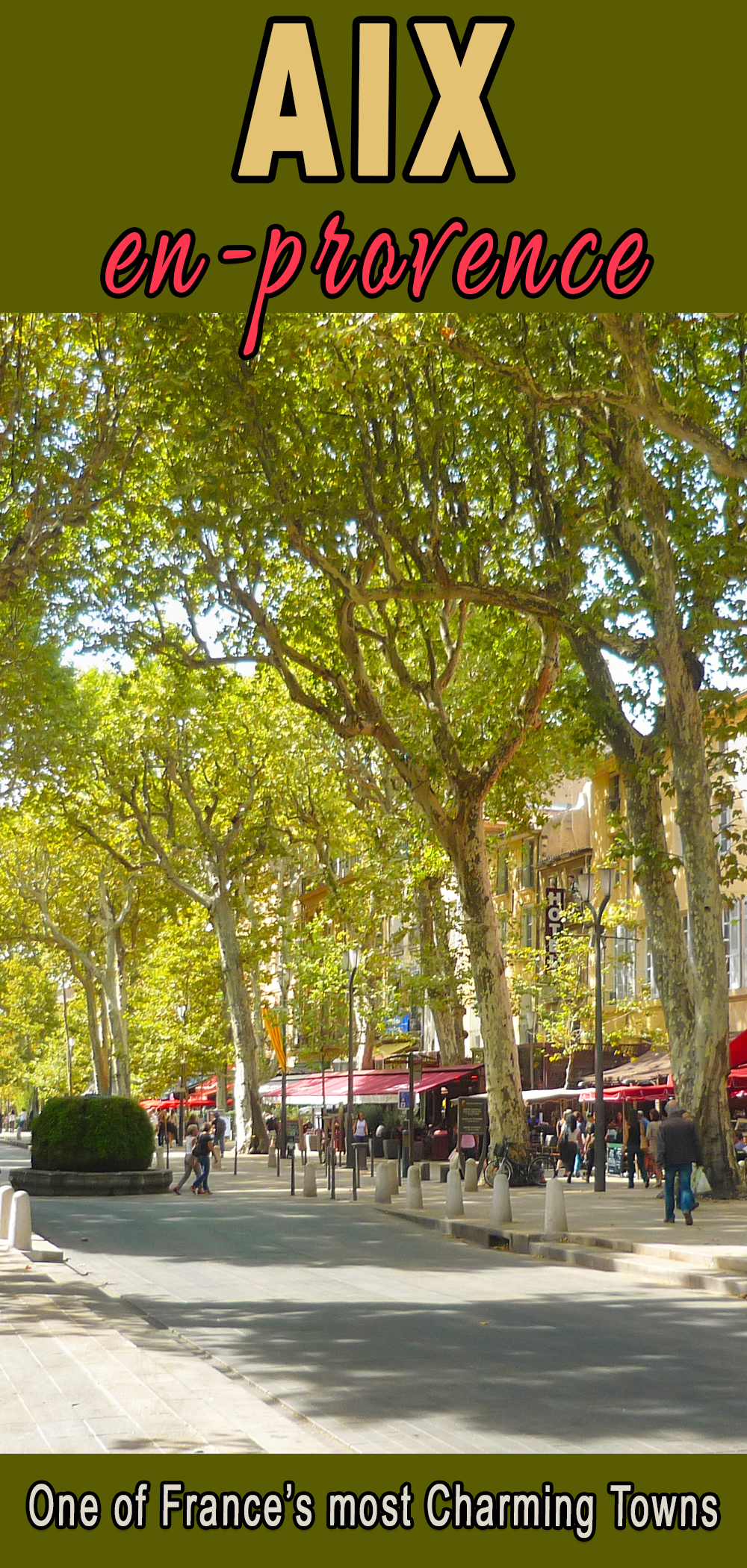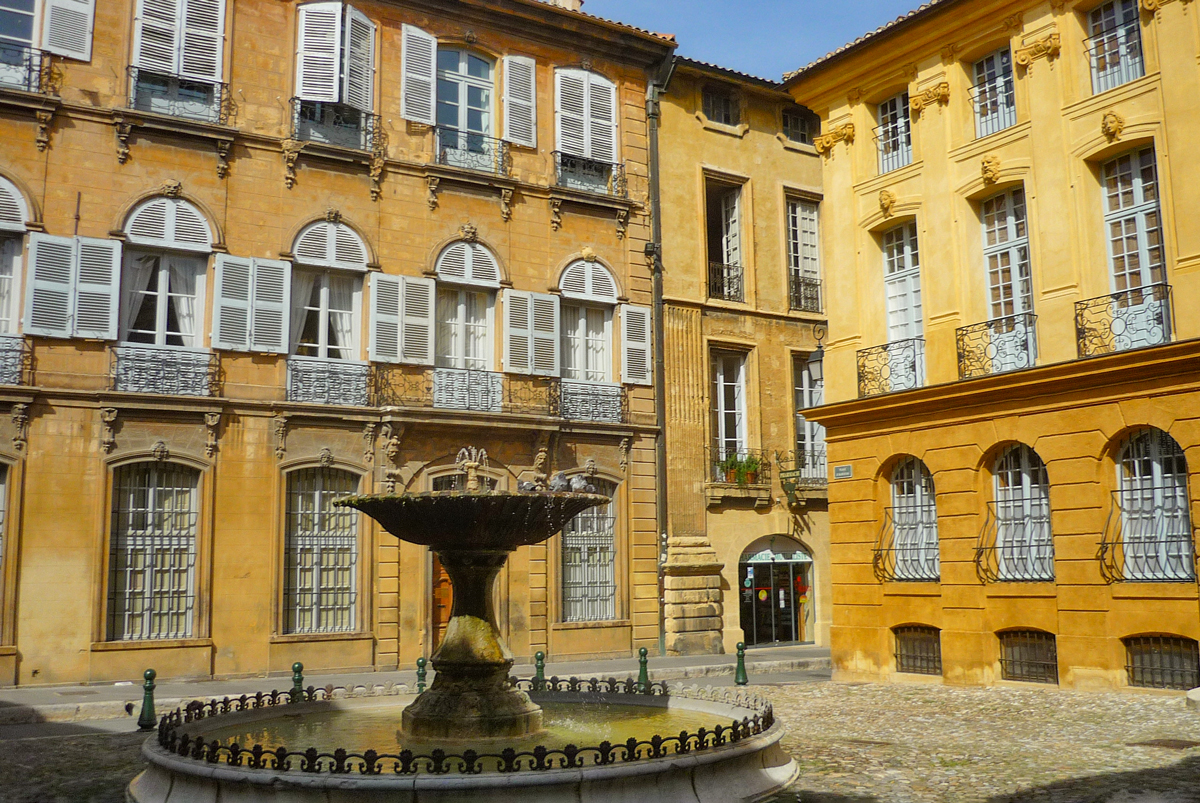I first discovered Place d’Albertas long before I actually saw it with my own eyes.
It was back in 2011, before my very first trip to Aix-en-Provence, when I spotted a picture of this quaint little square in some glossy travel magazine.
I remember jotting down its name straight away—Place d’Albertas, right near the top of my ‘must-see’ list for Aix.
So, when I finally arrived in the city on a blazing-hot September morning, I was determined to find it.
Easier said than done. The winding streets threw my sense of direction completely off, and after wandering around for what felt like hours (probably just twenty minutes, to be honest), I was about ready to give up.
But then, turning a corner, there it was—small, peaceful, almost hidden away like it wasn’t bothered if anyone stumbled across it or not.
Honestly, the relief nearly made me laugh out loud.
Now, let’s be honest—I still struggle with the pronunciation.
Place d’Albertas… Albert-ass? Albert-ah?
Every time I say it, it comes out differently.
Nobody corrects me, thankfully, but I reckon they notice.
Anyway, the point is, I was intrigued enough to start asking questions about this quirky little corner of Aix, and it turns out there’s quite a backstory.
Place d’Albertas: How It All Started
So, here’s the thing. Back in the mid-1700s, Aix-en-Provence was buzzing with wealthy aristocrats, including a certain Jean-Baptiste d’Albertas, a marquis with money, status, and clearly, a lot of free time on his hands.
![Portrait of Jean-Baptiste d’Albertas [Public Domain via Wikimedia Commons]](https://frenchmoments.eu/wp-content/uploads/2013/05/Portrait_de_Jean-Baptiste_dAlbertas.jpg)
The Albertas were a parliamentarian family originating from the Italian city of Alba.
They came to Aix in the 18th century to take possession of the private mansion which they had inherited from the Séguirans.
Jean-Baptiste d’Albertas wasn’t particularly fond of staring out at his neighbours’ rather shabby houses from his luxurious townhouse windows, so he decided, quite simply, to buy them all.
Yep, bought the lot—then promptly had them demolished. I mean, talk about drastic measures.
But instead of creating a fancy private garden or building a bigger house (which seems the normal thing to do if you’re loaded), he did something rather unusual: he commissioned a public square.
Why? Well, nobody’s entirely sure.
Some say he wanted to impress the local nobility, others reckon he was inspired by Paris’s elegant royal squares like Place Vendôme.
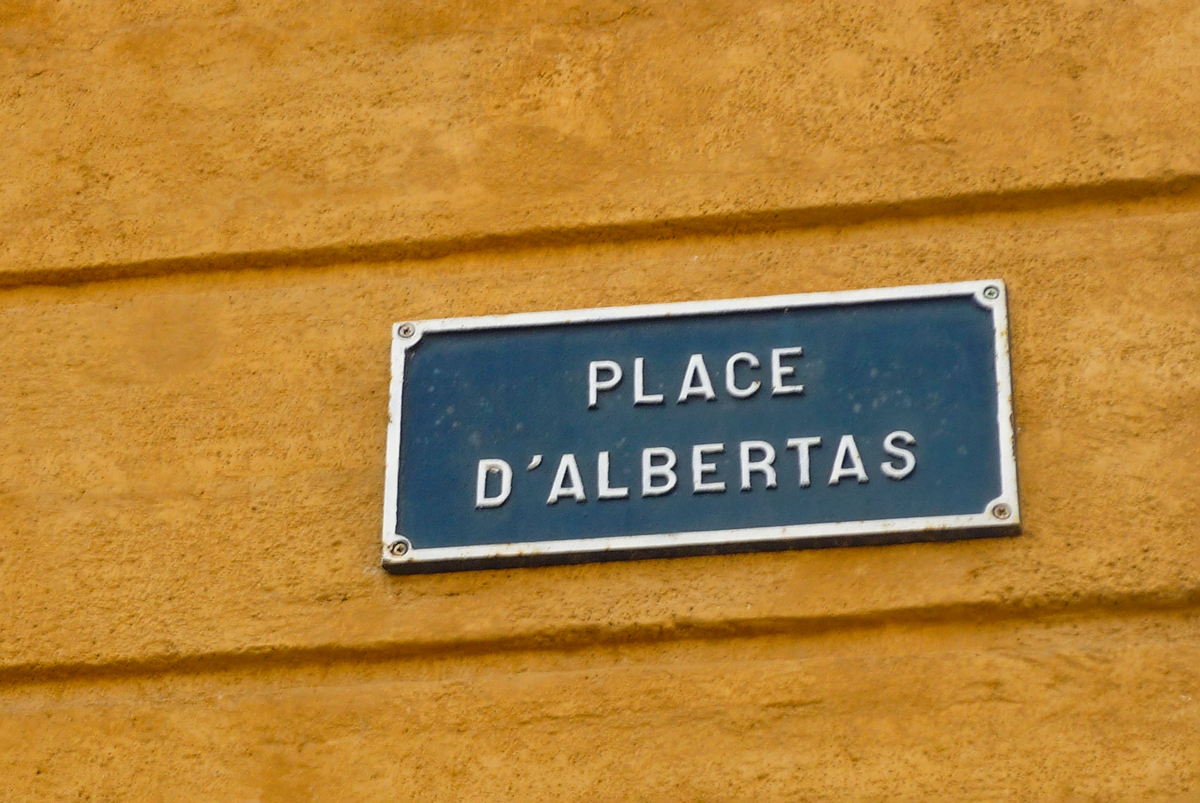
Personally, I think he just wanted a better view when sipping his morning tea.
But here’s the clever bit—Jean-Baptiste didn’t just blow his cash for nothing.
He had grand, symmetrical, baroque-style buildings constructed around the square and rented them out to well-off Aixois families.
Brilliant move, right? He basically got paid to improve his own view.
I’ve got to give him credit, the man had style and a solid business sense.
Creating a Provençal Baroque Square
The man behind the actual design was Georges Vallon—an architect who was pretty famous in Provence at the time.
Now, Vallon wasn’t one for overly lavish decoration, but he knew how to capture the quiet elegance of Provençal baroque.
Think mellow-yellow façades that glow in the afternoon sun, large symmetrical windows that reflect the sky, and ornate balconies.
Actually, about those balconies—locals love pointing out their… unusual patterns.
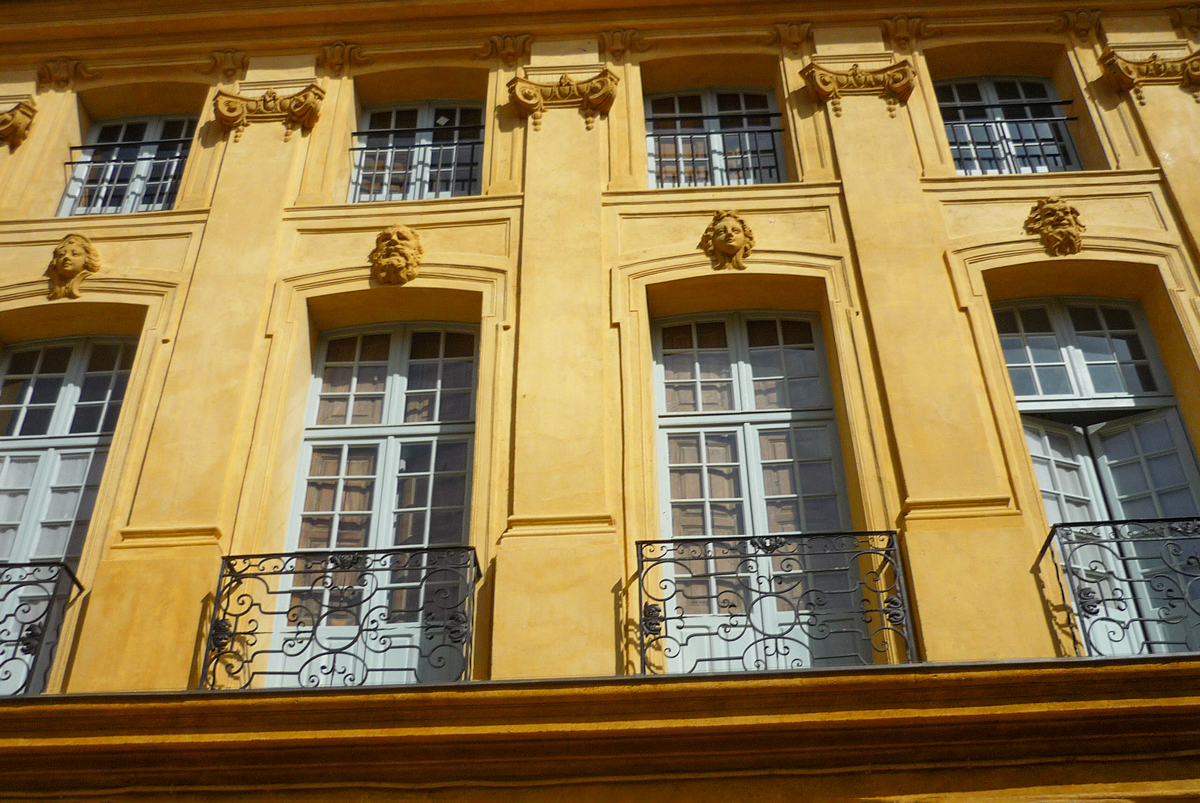
Some say they look suspiciously like, well, phallic symbols.
It’s become a bit of an inside joke in Aix.
Honestly, once someone points it out, you can’t unsee it.
Go check yourself next time—but maybe don’t stare too obviously.
Anyway, despite its clear Parisian inspiration, Place d’Albertas remains distinctly Provençal—warm, understated, and a bit faded around the edges.
It’s baroque without screaming “Look at me!”.
That’s what makes it so special, I reckon.
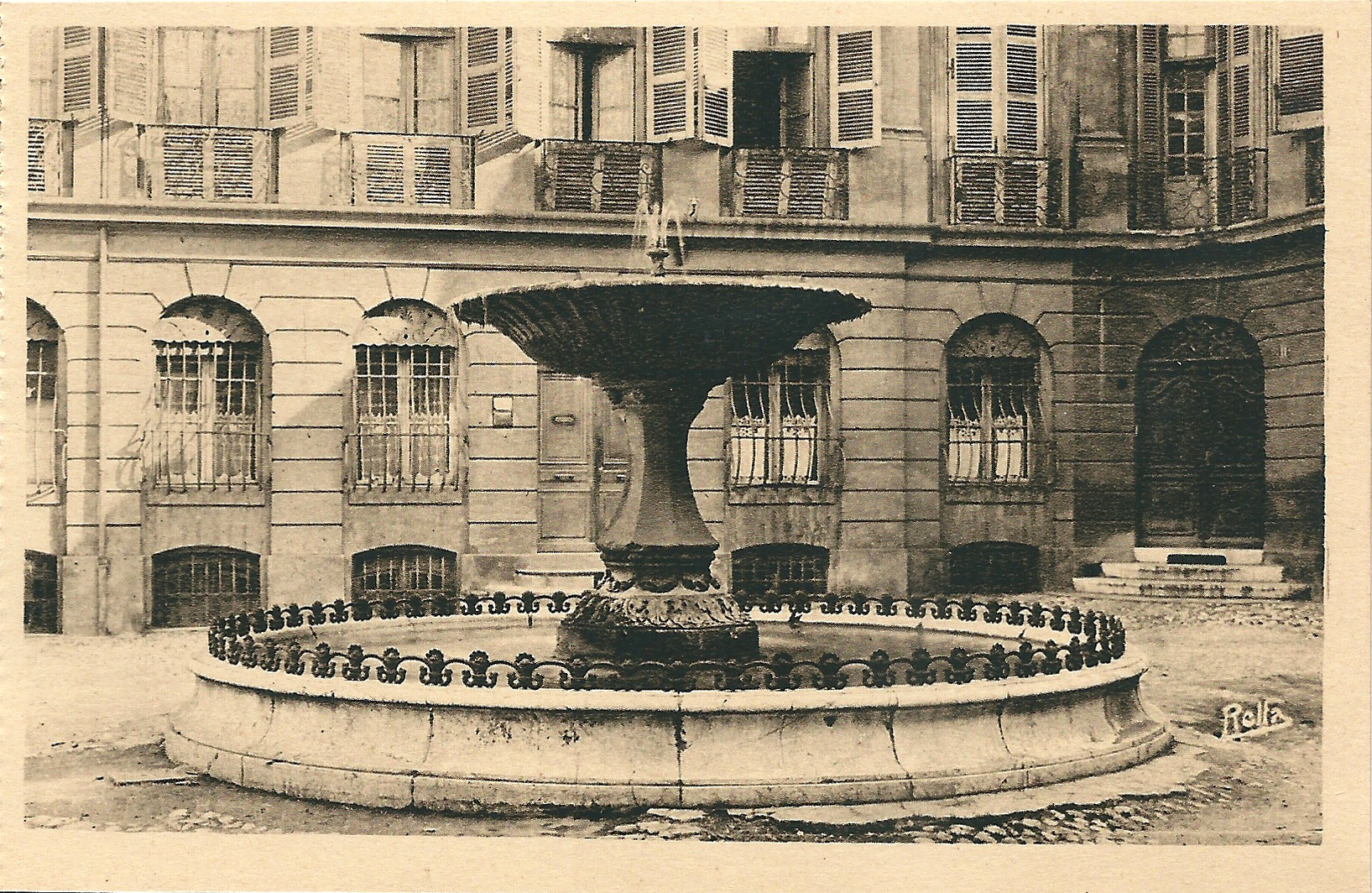
Changing Through the Centuries
Interestingly, when the square was first completed, it didn’t have a fountain or anything fancy like that—just some cobbled stones, which probably looked a bit bare.
In 1860, the city decided something was missing, so they added a stone basin.
But that didn’t last. For whatever reason, it fell apart within decades, and by 1912 they replaced it with the fountain we have now—cast iron, created by students at the local arts college.
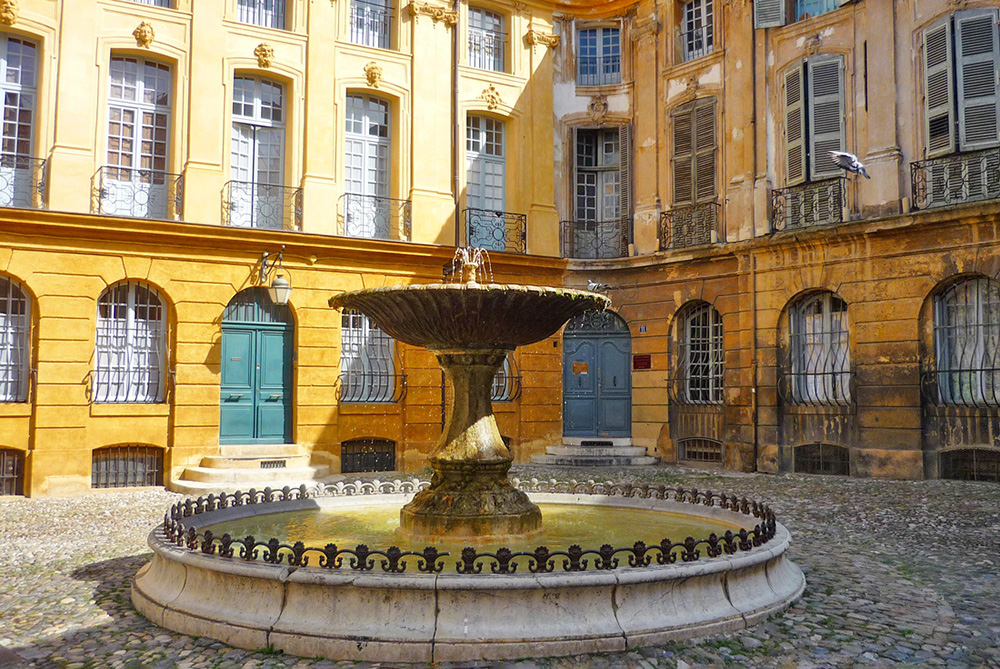
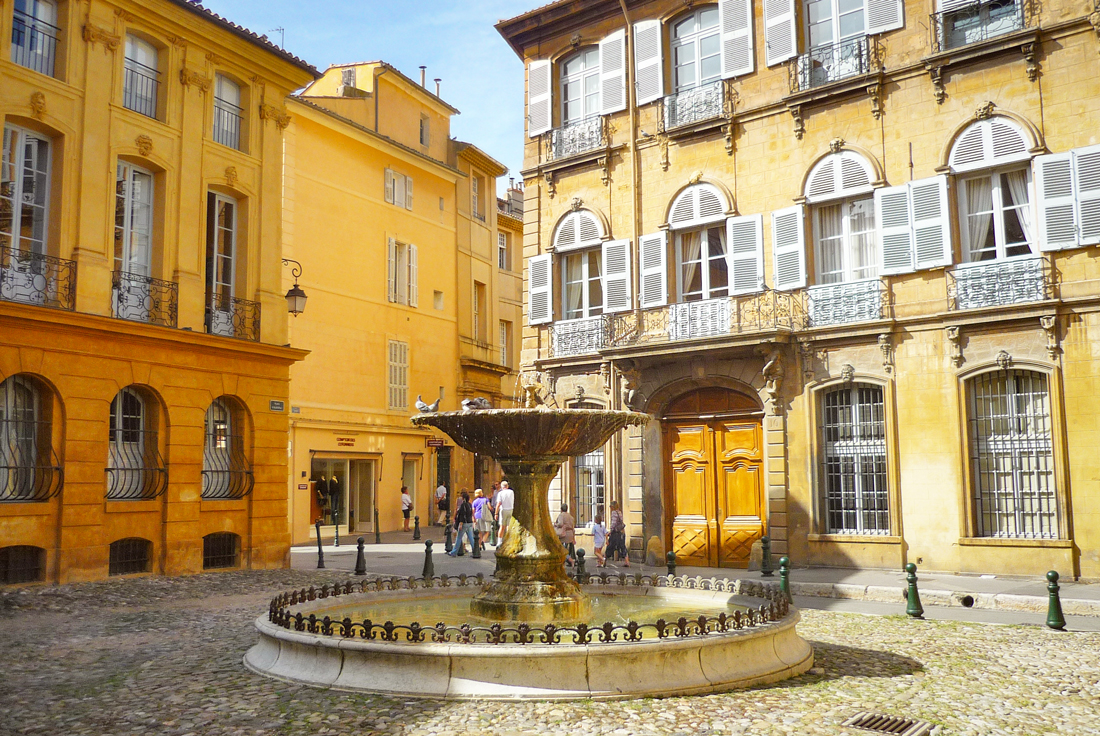
Honestly, imagine being a student knowing your coursework became a town centrepiece for generations.
Pretty amazing legacy, if you ask me.
Oh, and speaking of cobblestones, they’re seriously tricky here.
Uneven, slippery after rain, and notoriously hard on the ankles. I would not recommend wearing sandals on your visit!
In 2000, the French authorities finally recognised Place d’Albertas as a historic monument.
And recently—around 2023—they had to do some major restoration because, honestly, the cobbles had become downright hazardous.
While repairing the pavement, workers discovered hidden vaulted cellars beneath the square.
Turns out these cellars were left over from the original buildings Jean-Baptiste demolished centuries ago.
Imagine that—history just lying quietly beneath your feet, waiting to be found.
A Closer Look at Place d’Albertas
If you stop rushing around for a second, Place d’Albertas has this lovely, slow charm.
Four mansions border the square with identical Baroque façades and wrought-iron balconies adorn the large windows.
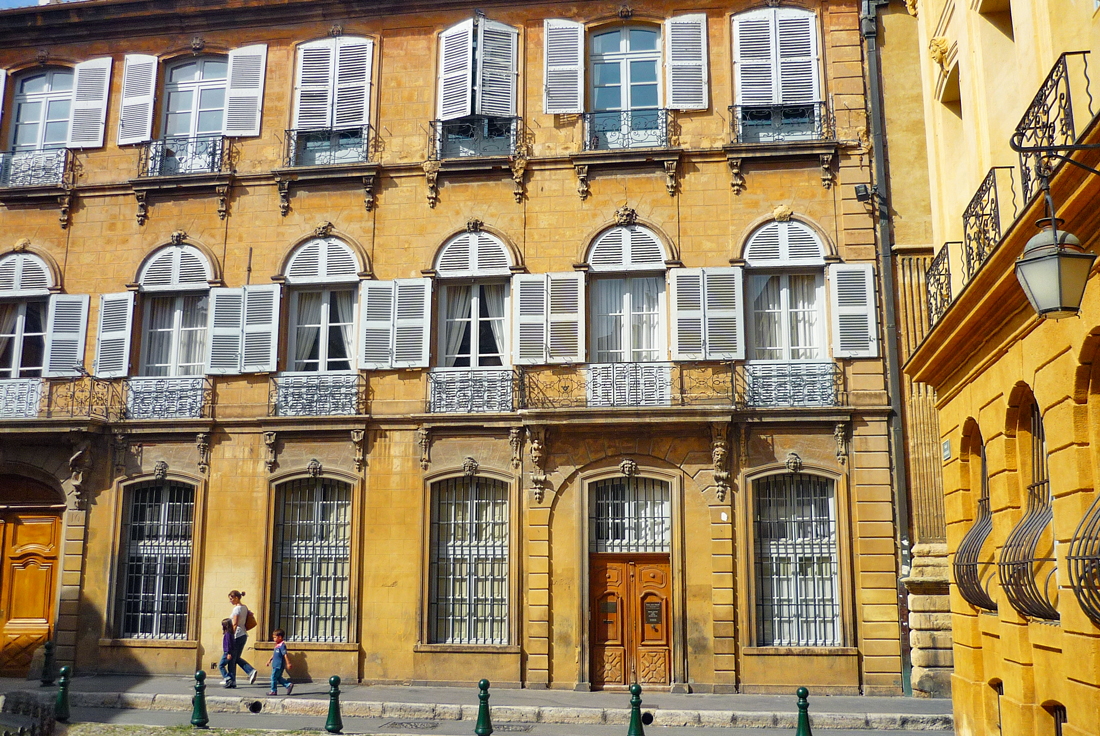
The façades are subtly worn, peeling paint here and there, which somehow makes them more beautiful.
Honestly, perfection is overrated. Imperfection has character.
And at the centre, there’s that iron fountain, quietly bubbling water.
The sound is surprisingly soothing, especially when the square is empty, like early morning or late evening.
I sat there one morning, probably longer than I meant to.
People watching, you know.
There were tourists taking selfies, locals strolling through without even glancing up, and children splashing water from the fountain (their parents trying desperately to stop them).
It felt like I’d found a little pocket of calm amid the chaos of Aix’s busy streets.
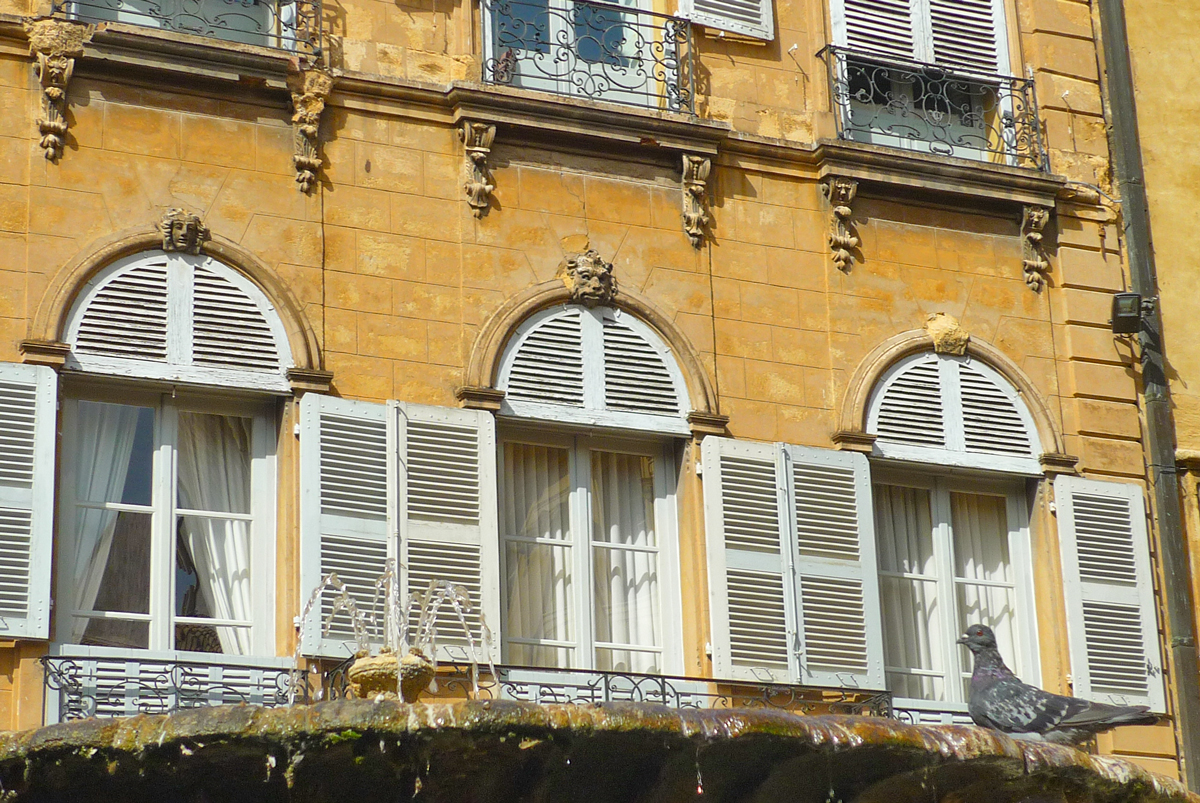
Why Place d’Albertas is So Special in Aix
Now, Aix is packed with charming squares and pretty fountains, right?
But Place d’Albertas just hits differently.
It’s small, slightly hidden away, and not overrun with big tour groups (not yet, anyway).
It feels more personal, like discovering a local secret even though it’s clearly printed on every postcard in town.
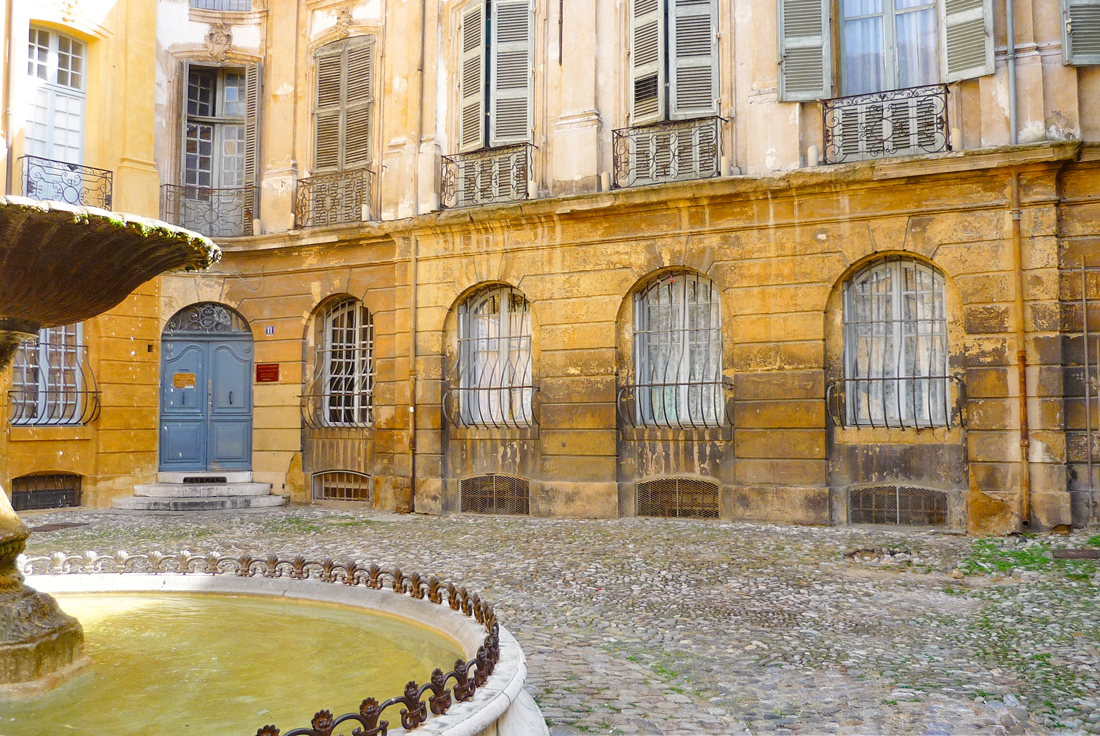
In summer, the square sometimes hosts small, intimate concerts—mostly classical music or jazz.
You could stumble across a violinist playing Bach one evening, completely by chance.
Just sit down and listen, wondering how you got so lucky.
Moments like that, you don’t forget easily. It just felt… special.
Secrets, Mysteries, and Strange Stories
Remember Jean-Baptiste d’Albertas?
Well, he had a rather dramatic exit.
In 1790, he threw a grand party at his estate in Gémenos and ended up being stabbed—murdered by some young man named Anicet Martel.
Seriously tragic stuff.
Martel was later publicly executed in Aix.
Pretty dark contrast to the serene little square Jean-Baptiste left behind.
As for those hidden cellars beneath the cobbles—I can’t help but wonder what else might be lurking down there.
Who knows what secrets Aix hides?
Hidden rooms, tunnels, treasure chests…
Alright, I’m getting carried away now, but honestly, doesn’t your imagination just run wild thinking about it?

Final Words if You Visit Place d’Albertas…
If you ever find yourself wandering through Aix-en-Provence, make sure you pause at Place d’Albertas.
Don’t hurry past—just stop and take it in.
Spend a moment feeling those uneven cobblestones beneath your feet, sit by the fountain, listen to its quiet murmur, and watch how the sunlight gently touches the façades around you.
It’s a lovely, calming spot in the heart of a city that’s full of hidden corners just waiting to be discovered.
And honestly, Aix has plenty more charming squares to explore—like Place Richelme, buzzing with local markets, or Place des Cardeurs, alive with cafés and chatter.
But for me, Place d’Albertas will always be something special: a gentle, quiet pause, tucked away in the warmth of Provence.
Have you visited Place d’Albertas or discovered other special places in Aix?
I’d genuinely love to hear your thoughts or stories—leave a comment below and let’s chat!
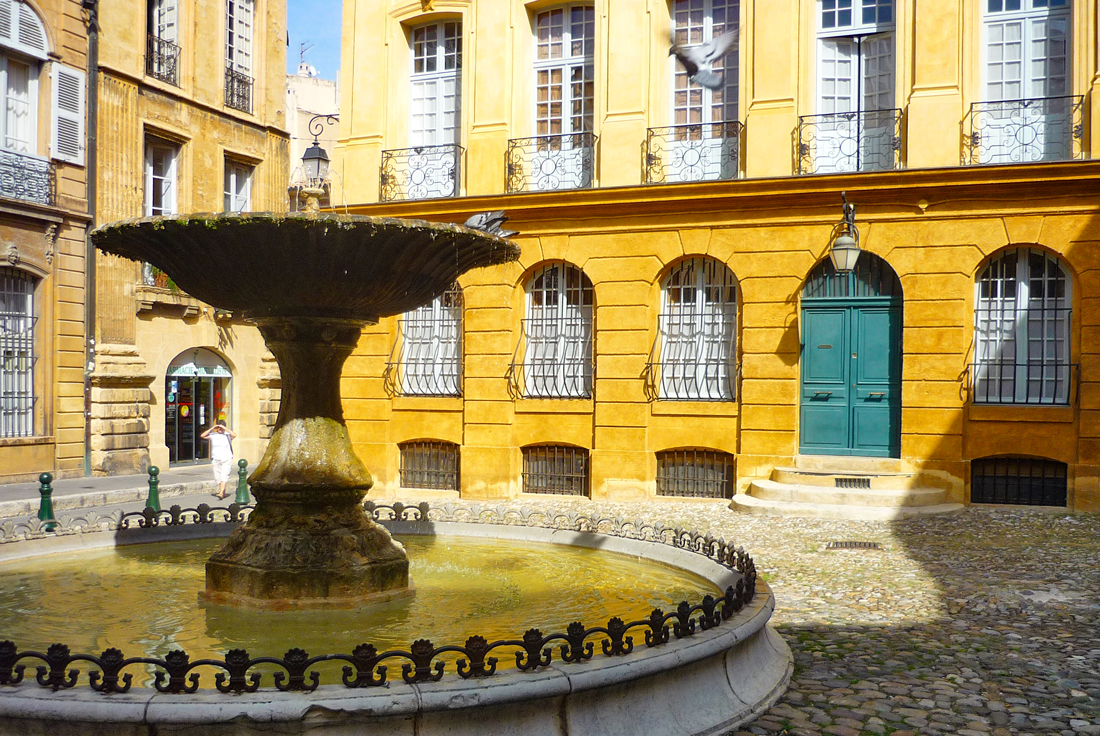
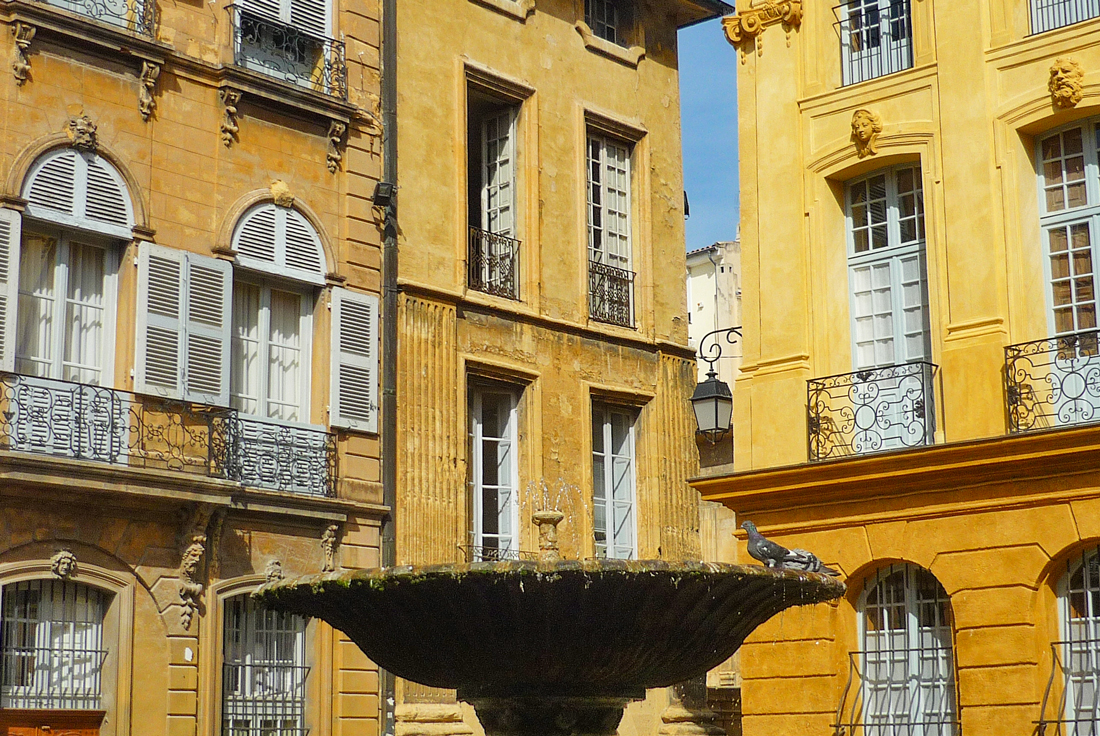
Find out more about Aix-en-Provence
Things to do in Aix-en-Provence
Looking for activities and things to do in Aix-en-Provence and its surroundings? Check out the offers from our partner Get Your Guide:
Read more about Aix-en-Provence
All our pages about Aix-en-Provence on the blog:
- Practical info for planning your visit to Aix-en-Provence
- Aix-en-Provence History: A Brief Account
- Cours Mirabeau, Aix-en-Provence
- Aix-en-Provence Cathedral: A Discovery Guide
- Place de l’Hôtel de Ville of Aix-en-Provence
- Aix-en-Provence Old Town: A Discovery Guide
- The Calissons of Aix: a Specialty Candy from Provence
- Montagne Sainte-Victoire: the iconic mountain of Aix
- Around Aix-en-Provence: 10 Beautiful Places to Visit
More info about Aix-en-Provence:
- Discover the historic and cultural region of Provence on the blog
- Visit the Tourist office board of Aix-en-Provence
- Read more about Aix-en-Provence old town on Wikipedia
- Book your accommodation in Aix-en-Provence
Where to stay in Aix-en-Provence?
You can choose from a great range of accommodation in Aix-en-Provence, from hotels to B&B and campsites!
My recommendation is to book your accommodation near the city centre.
Although it’s a more pricey option, you’ll save time on transportation and can access most of the 10 things to see within walking distance.
Also, when possible, don’t wait until the last minute to book as finding hotel rooms can be a problem, especially on weekdays.
To book your accommodation in Aix, click on this affiliate link which will redirect you to our partner booking.com… or use the interactive map below:
Pin Place d’Albertas for later!
